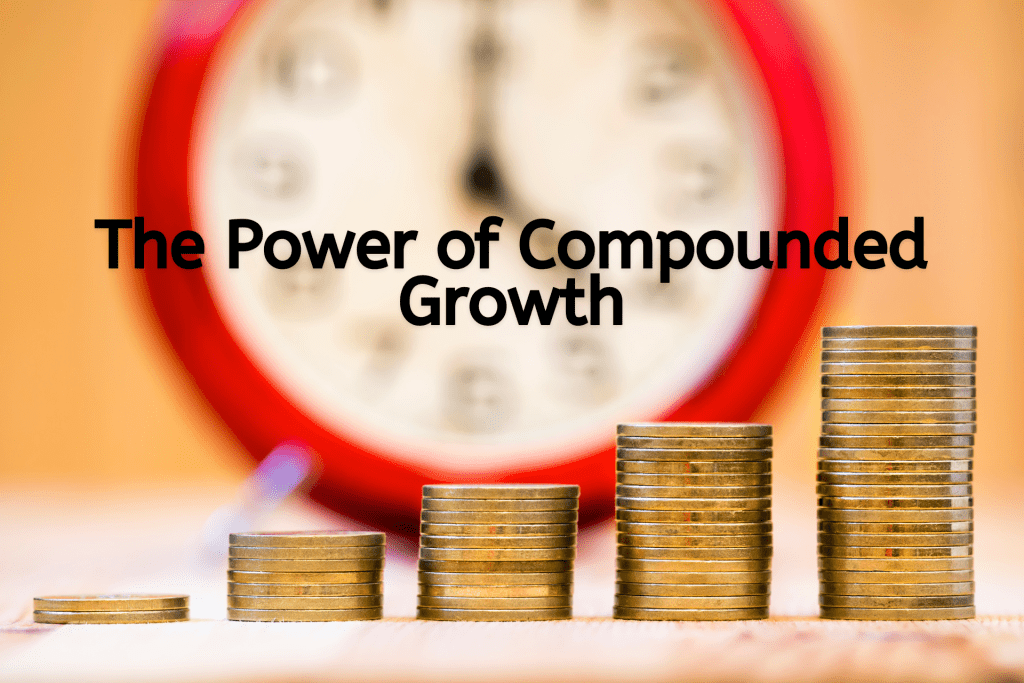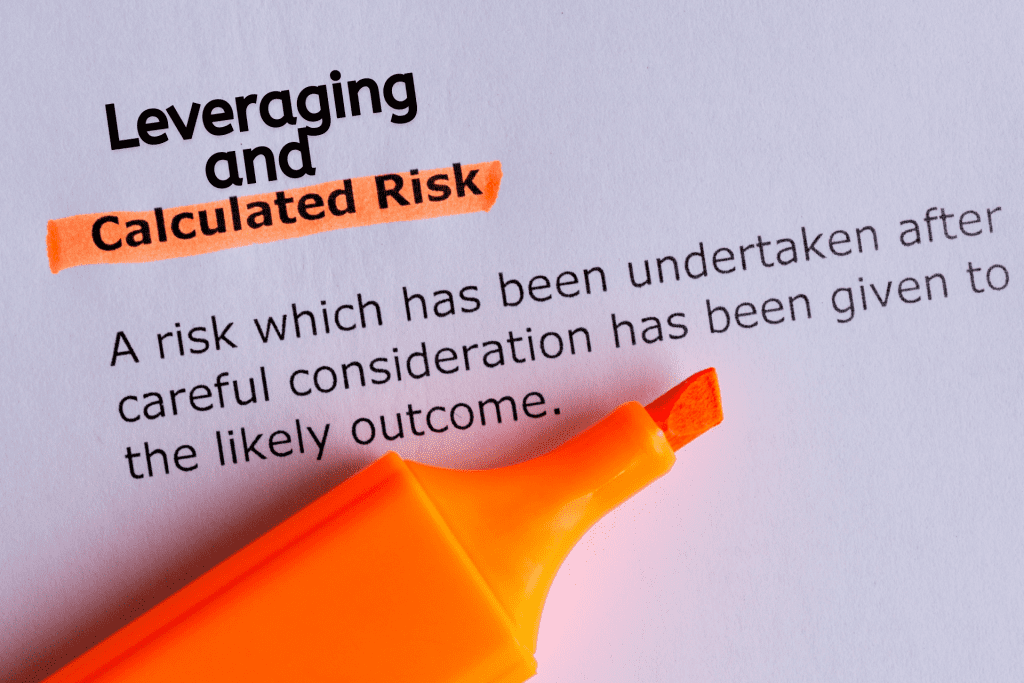
The adage “the rich get richer and the poor get poorer” has never been more evident than in the context of Australia. The gap between the rich and the poor is a chasm that continues to widen, particularly within the realm of real estate. Understanding the dynamics behind this phenomenon is crucial for addressing the root causes of wealth inequality.Over the past few decades, a combination of economic policies, market dynamics, and social factors have contributed to a widening wealth gap.
Income and wealth inequality in Australia have been rising over the years. The Australian Bureau of Statistics (ABS) highlights that people in the highest 20% of the wealth scale hold nearly two thirds of all wealth (64%), while those in the lowest 60% hold less than a fifth of wealth (17%).. This disparity is starkly reflected in the real estate market, where the ability to purchase property is heavily skewed towards the affluent. This blog explores why the rich are getting richer and the poor are getting poorer, focusing on the mindset, investment strategies, and economic conditions that perpetuate this disparity.
The Right Investment Mindset and Systems
One of the key reasons the rich continue to amass wealth is their investment mindset and systematic approach to financial planning. From an early age, wealthy individuals often adopt a disciplined approach to saving and investing. They set aside a portion of their income for investments, understanding that saving is the cornerstone of wealth building.
Rich people plan meticulously and use sophisticated systems to manage their finances. They understand the importance of having a diversified investment portfolio that includes stocks, mutual funds, real estate, businesses, and cash-flowing assets. This diversification not only spreads risk but also enhances the potential for compounded growth.
The Power of Compounded Growth

Compounded growth is a powerful tool that the wealthy use to their advantage. By reinvesting the returns from their investments, they can exponentially grow their capital. This growth is evident in the appreciation of their assets, whether it be property values, stock prices, or business profits.
For instance, Bharat Patel, a successful investor in the Australian real estate market, utilized a strategic wealth-building approach. He avoided personal loans, unnecessary credit card debt, and car loans, which improved his financial servicing capacity. Patel focused on investing in appreciating assets, leveraging his capital to maximize returns through compound growth. His disciplined approach and calculated risks paid off, significantly increasing his wealth over time.
Inflation and the Erosion of Buying Power
In contrast, the poor face numerous challenges that hinder their ability to build wealth. One significant factor is inflation, which erodes the buying power of wages over time. As the cost of living rises, low-income earners struggle to save any extra money that could be turned into investment capital. The cycle of living paycheck to paycheck leaves little room for financial growth or stability.
According to the Australian Bureau of Statistics (ABS), Over the twelve months to the March 2024 quarter, the CPI rose 3.6%, outpacing wage growth for many Australians. This disparity means that even as individuals earn more nominally, their real purchasing power decreases, making it harder to afford basic necessities, let alone save for investments.
Spending Habits and Financial Education
Spending habits also play a crucial role in perpetuating wealth inequality. The rich often prioritize investments over unnecessary expenditures. In contrast, poor individuals may lack financial education and awareness, leading to spending on non-essential items rather than saving for the future.
Education is indeed the key to financial success. Those who understand the importance of investing and the mechanics of wealth-building are more likely to make informed decisions that benefit their financial health. Networking with financially savvy individuals and learning from successful investors can provide invaluable insights and strategies.
Leveraging and Calculative Risks

Another significant advantage the wealthy have is their ability to leverage assets and take calculative risks. Leveraging involves using borrowed capital to invest, which can amplify returns if done wisely. The rich use this strategy to acquire appreciating assets, further boosting their wealth.
For example, in the Australian real estate market, leveraging is a common practice among investors. By securing loans against existing properties, they can purchase additional properties, benefiting from capital gains and rental income. This approach requires a deep understanding of market trends, risk management, and financial planning, areas where the wealthy often excel.
The Trap of Debt for the Poor
On the other hand, poor individuals frequently find themselves trapped in a cycle of debt. High-interest personal loans, credit card debt, and car loans consume a significant portion of their income, leaving little room for savings or investments. The cost of servicing debt can be debilitating, preventing them from escaping their financial struggles.
The Reserve Bank of Australia (RBA) reports that in 2024, the average credit card debt in Australia is $3,076 per account based on monthly balance, with interest rates often exceeding 20%. This high cost of borrowing makes it difficult for low-income earners to reduce their debt, let alone save for future investments.
Real Estate Market Dynamics
The Australian real estate market itself exacerbates these disparities. Property prices have seen a dramatic increase, particularly in major cities like Sydney and Melbourne. CoreLogic’s Home Value Index shows a rise of 0.8% in May, the 16th consecutive month of growth and the largest monthly gain since October last year. This monthly surge has made property ownership increasingly unattainable for lower and middle-income families.
The wealthy, who already own properties, benefit from these rising prices through capital appreciation. In contrast, those trying to enter the market face insurmountable barriers, as their savings cannot keep pace with the rising prices. This dynamic further entrenches wealth inequality, with property ownership becoming a privilege of the affluent.
Closing Thoughts
The widening wealth gap in Australia is a complex issue with deep-rooted causes. The rich benefit from a combination of the right investment mindset, systematic financial planning, and the power of compounded growth. In contrast, the poor face challenges such as inflation, debt, and limited financial education, which hinder their ability to build wealth.
Addressing this disparity requires a concerted effort from policymakers, educators, and the community. By implementing comprehensive reforms and providing the necessary support, Australia can work towards a more equitable future where everyone has the opportunity to build wealth and achieve financial stability.

